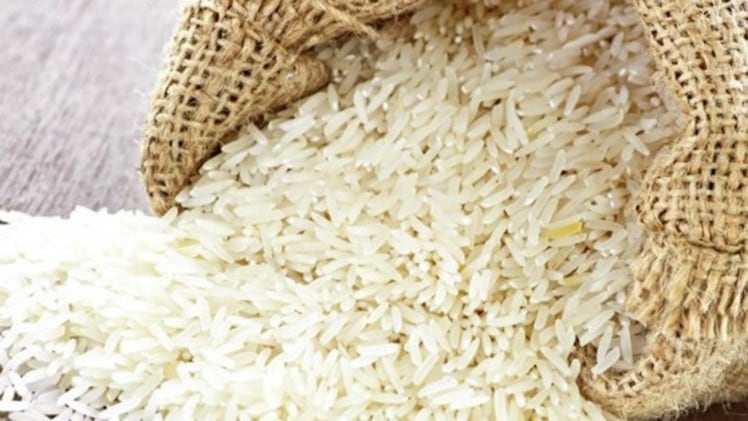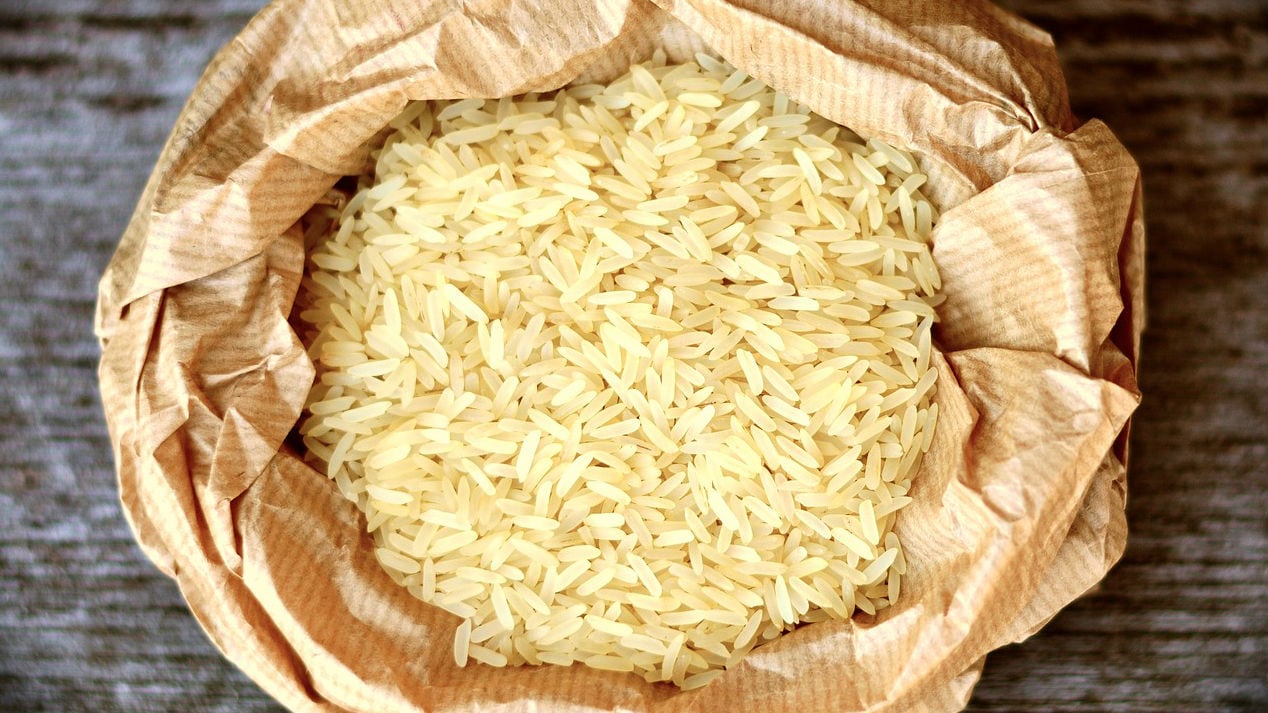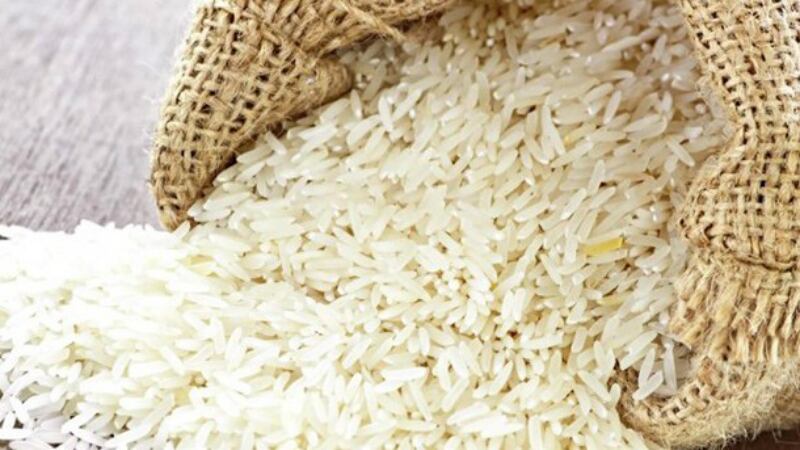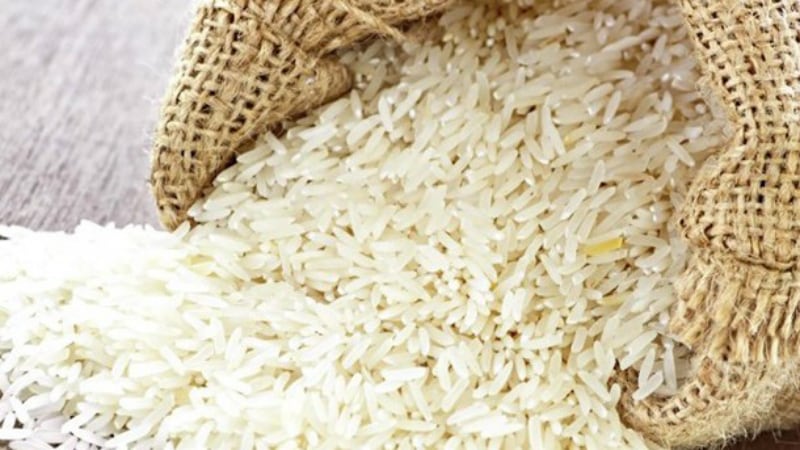Amid rapidly rising prices due to a shortage crisis last year, in October the government had implemented SRPs of (per kilogramme), PHP39 (US$0.73) for imported well-milled rice, PHP40 (US$0.74) for imported premium (Pakistan, India, China), and PHP43 (US$0.80) for imported premium (Thailand, Vietnam).
For local varieties, SRPs for local regular-milled rice were set at PHP39 (US$0.73), local well-milled at PHP44 (US$0.82), and local premium at PHP47 (US$0.87).
According to DTI monitoring, rice prices are now mostly hovering in the range of PHP 34 (PHP0.66) to PHP39 (US$0.73) per kilogramme, and as low as PHP32 (US$0.62) per kilogramme in some areas.
“We saw the prices now and we think that this is the right range, [and] we're hoping that it goes even lower,” said Trade Secretary Ramon Lopez to Rappler.
That said, he maintained that any decision to remove the SRPs still lies with the Department of Agriculture, which has yet to make any official statement on the matter.
However, Agriculture Undersecretary for Operations Ariel Cayanan had previously said in a press briefing that the PHP10bn (US$193mn) Rice Competitiveness and Enhancement Fund (RCEF) under the recently-signed rice tarriffication law is expected to increase rice farmer productivity, and this reduce the cost of rice production.
The rice tarriffication law was signed by Philippines President Rodrigo Duterte earlier this year, and constitutes several components including lifting import restrictions on rice and higher import tariff rates at 35% (from ASEAN countries), 40% within 350,000 metric tons (outside ASEAN) or 180% (above 350,000 metric tons (outside ASEAN).
According to Inquirer, the release of the upcoming implementing rules and regulations (IRR) for the law is expected to bring rice prices even further down by up to PHP7 (US$0.14) per kilogramme, and bring down inflation by 0.6%.
Lopez added that ‘natural control’ of prices was expected in the market as a result of the rice tariffication law.
“The government will simply monitor because the private sector will determine if they are importing the right quantity and if they can sell it at a profit as well,” he said.
“Of course, if there are a lot importing rice...there will be more competition and we can see what's the cheapest price they can offer while still profiting.”
Addressing concerns
Others have suggested that instead of a complete removal of the SRPs, a lowering of the rates may be more prudent.
Former Trade undersecretary and consumer group Laban Konsyumer founder and president Victorio Dimagiba said at a roundtable discussion on the rice tarriffication law that: “Maybe it’s premature to remove the [SRPs. Perhaps] it can be lowered, but it serves a purpose. So don't remove it yet.”
Major concerns of course prevail around any possibility of recurrence of last year’s rice supply crisis, where rice prices and national inflation rates both hit the highest rates in the last several years.
With regard to the law itself, farmers had earlier also expressed concerns that the rapid lowering of prices for rice imports would hurt their selling opportunities. The Department of Agriculture (DA) has addressed this by implementing a ‘rolling buffer stock’ scheme for the National Food Agency (NFA).
In a statement on his Facebook page, DA Secretary Emmanual Pinol said: “[Based on the ‘Rolling Buffer Stocking’ scheme], the National Food Authority (NFA) whose main task is now buffer stocking will buy local farmers' produce all-year round with an optimal level of buffer stocks good for 30 days.
“The new IRR will allow NFA to release ‘aged stocks’ to prevent spoilage, [in contrast to previous interpretations of the law where] it will stop buying farmers produce when it reaches its ‘optimal level’ of buffer stocks at 30 days.
“This means that stocks in excess of the 30-day buffer will be released to the market on a "First-In, First-Out" system, and the ‘Rolling Buffer Stocking’ system will allow the NFA to [continuously] buy local rice, thus protecting the farmers from a feared drop in the buying price.”





